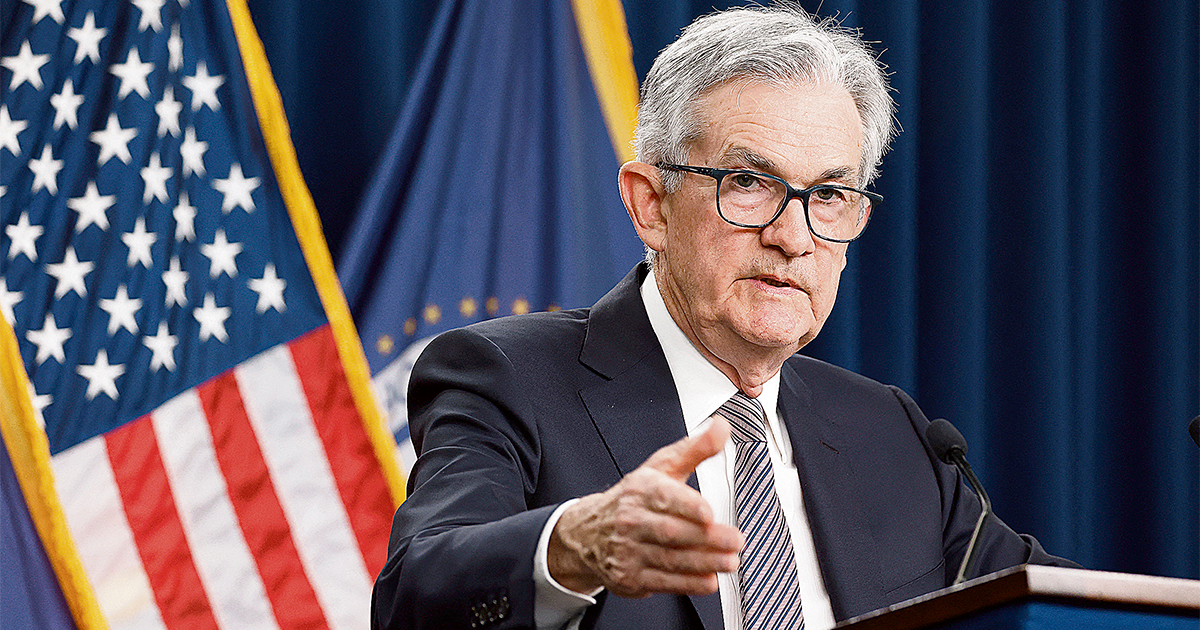
The Federal Reserve (FED) maintained, this Wednesday, September 20, 2023, its interest rate unchanged, as the markets expected, in a range of 5.25% to 5.50%, its highest level in 22 years. and anticipates a further increase this year.
The decision was adopted unanimously by the Monetary Policy Committee (FOMC) of the FED. This is not the end of the tightening cycle initiated by the central bank to control inflation, since a new increase is expected this year.
For 2024, the central bank expects rates of around 5.1% compared to the 4.6% it estimated in June.
The organization also doubled its US GDP growth forecast for 2023 to 2.1% compared to the 1% forecast in June, as the economy advances “at a solid pace,” according to a statement issued at the end of its meeting. monetary policy launched on Tuesday.
In its last meeting, at the end of July, it reported a “moderate pace” of growth in the largest global economy. For 2024, the forecast is 1.5% GDP growth compared to 1.1% previously.
Regarding inflation, the figures practically remain the same: 3.3% for this year, 2.5% in 2024 and 2.2% in 2025.
The president of the FED, Jerome Powell, reiterated in a press conference after the statement that although inflation is losing steam, returning “durably” to the target number of 2% “will take time.”
The FED raised its reference rate 11 times since March 2022in an attempt to make credit more expensive and reduce consumption and investment, which put upward pressure on prices.
Balance
Inflation, since its June 2022 peak, has moderated greatly, despite a small rebound during the summer. In August, the Consumer Price Index (CPI) stood at 3.7% in the 12-month measurement.
The Fed, in any case, is following the PCE index more closely, which it wants to bring to 2% and stood at 3.3% for 12 months in July. The PCE data for August will be known on September 29.
In terms of employment, a market closely watched by the FED, the situation seems to be balanced after two years of labor shortages. The unemployment rate came out of the historical low and stood at 3.8% in August, thanks to new workers who increased the economically active population. That should help moderate inflation.
In addition, consumption, the engine of the economy, shows some signs of weakness, with “modest” spending in the summer, according to the “Beige Book”, a survey carried out by the FED. American families are extinguishing their savings accumulated during the pandemic and, therefore, relying “more on credit to finance their expenses,” according to the FED.
Source: Larepublica
Alia is a professional author and journalist, working at 247 news agency. She writes on various topics from economy news to general interest pieces, providing readers with relevant and informative content. With years of experience, she brings a unique perspective and in-depth analysis to her work.











